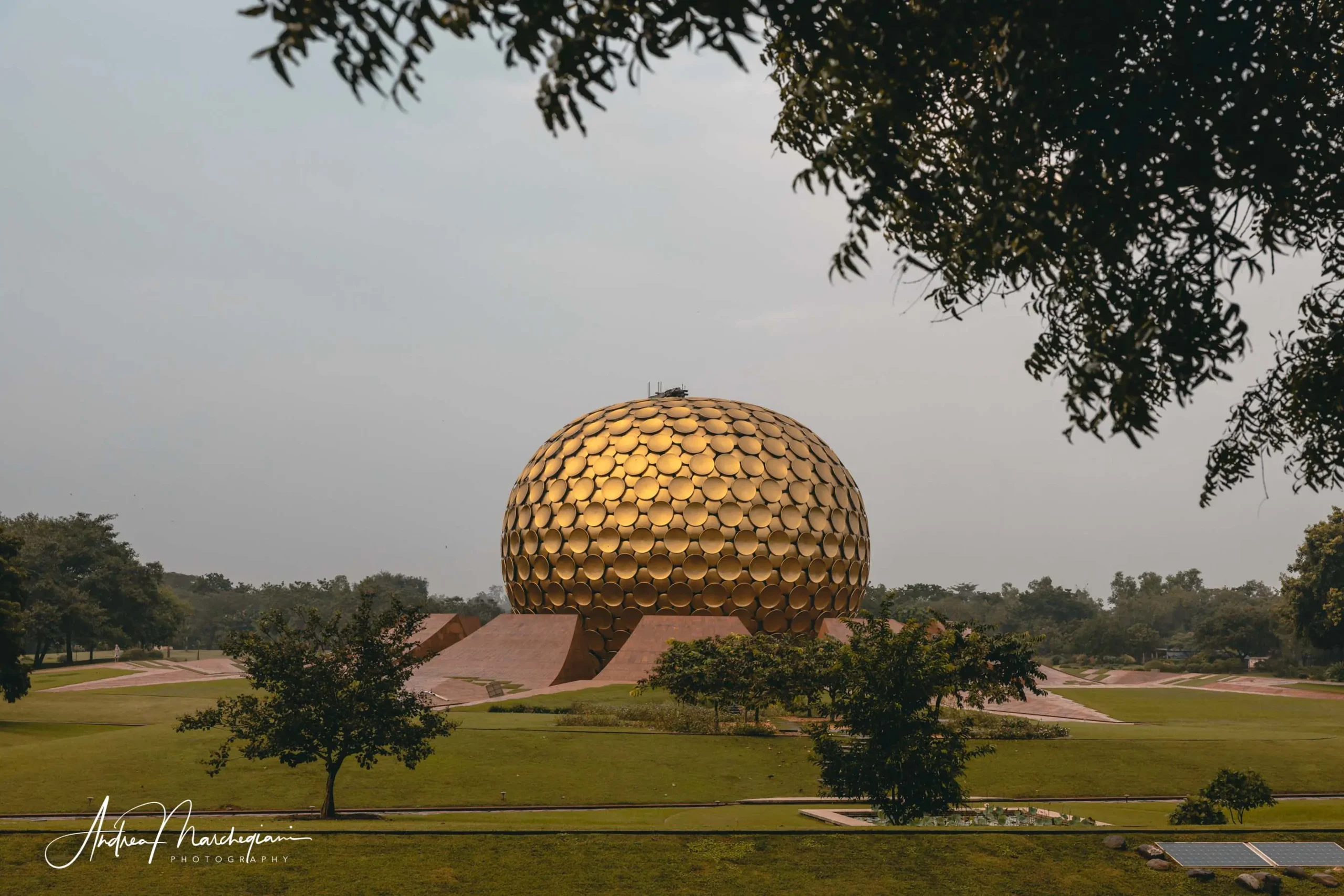
- Home
- Photo Galleries
- Portrait Photography
- Landscape Photography
- Street Photography
- China
- Ethiopia
- India
- Holy Ganges
- Varanasi
- Varanasi Ganga Aarti
- Varanasi, Manikarnika Ghat
- Varanasi Streets & Alleys
- Varanasi Demolition
- Varanasi Fruit Market
- Sarnath
- Brick Kilns
- Tamil Nadu, Chennai & Mamallapuram
- Tamil Nadu, Fort Tirumayam & Madurai
- Tamil Nadu, Tiruvannamalai & Thanjavur
- Kerala, Munnar
- Kerala, Peryiar
- Kerala, Backwaters
- Kerala, Kochi
- Kazakhstan
- Myanmar
- Senegal
- Uzbekistan
- Travel Blog
- China
- Ethiopia
- India
- Tamil Nadu & Kerala
- Varanasi
- Whato to do in Varanasi
- Varanasi Life along the Ghats
- Varanasi Death along the Ghats
- Varanasi Ganga Aarti Ceremony
- Varanasi demolished to honor Shiva
- Varanasi Fruit Market
- “Varanasi, A Journey into the Infinite”
- Sarnath
- All about River Ganges
- Holy Shit. All about Indian Cow Dung
- Clean India Project
- Brick factories
- Tilaka, pundra, bindi: what is the mark on Indian foreheads?
- Kazakhstan
- Mongolia
- Ulaanbaatar, the coldest capital in the world
- What to do in Ulaanbaatar
- Chinggis Khan Museum, 6 floors of Mongolian history
- Gorkhi-Terelj National Park and Bodgkhan Natural Reserve
- Altai Mountains, Things to do in Olgii and Sagsai
- Living with the Eagle Hunters
- Sagsai Eagle Festival
- Navrus Festival
- Xöömej, Mongolian throat singing
- Mongolian Food
- Myanmar
- Senegal
- Uzbekistan
- Latest Posts
- Photography Blog
- About
- Prints
Munnar is the first stop on my trip to Kerala, the picturesque region of southwestern India so loved by tourists from all over the world. I arrived here after an intense stay in Tamil Nadu and can’t wait to relax: beautiful tea plantations, exotic nature reserves and the aquatic paradise of coastal backwaters await me.
Share with your friends:
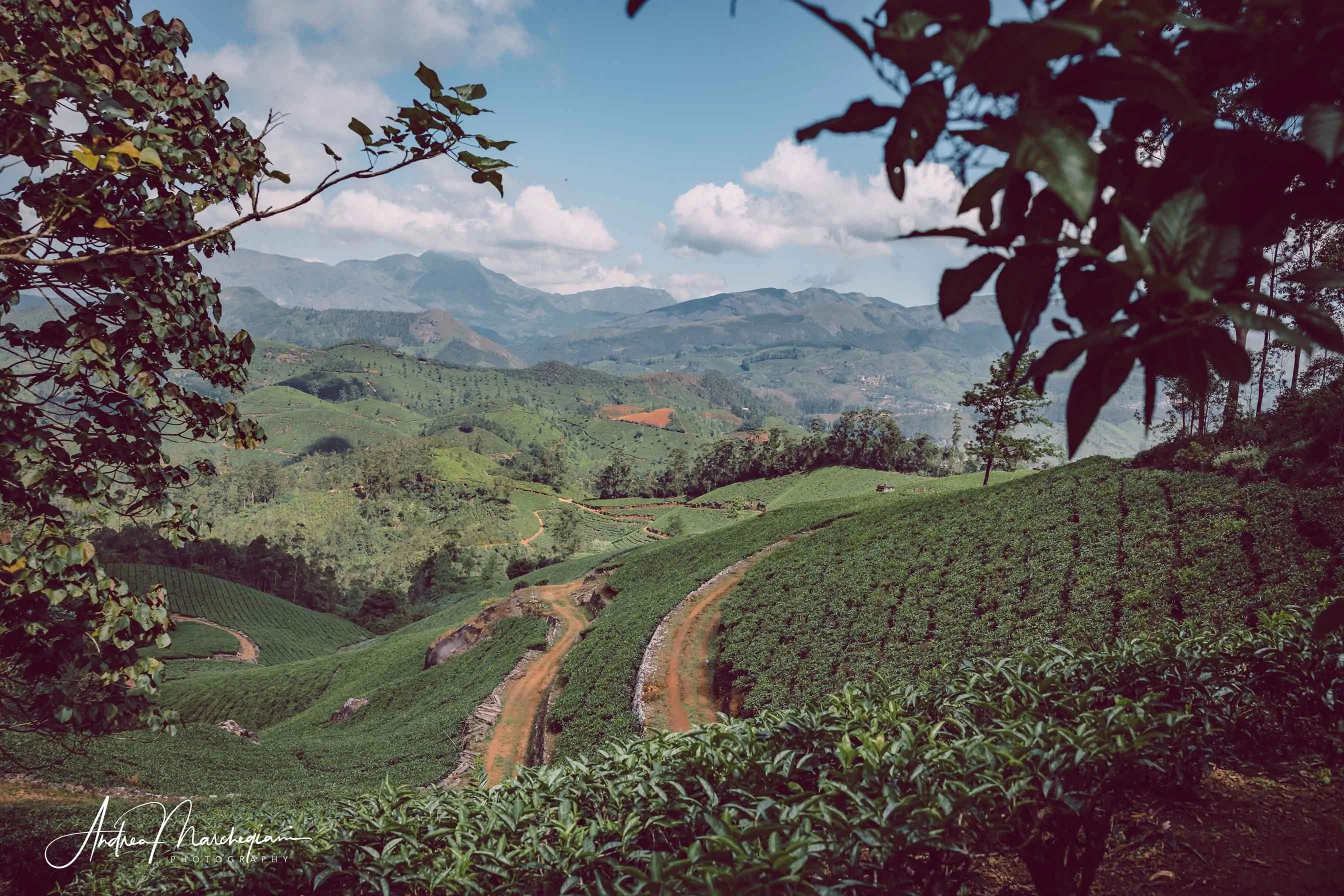
The long way to Munnar
“The road is winding, we must be careful and drive slowly”. I don’t usually get carsick, so I pay little attention to the words of Pandi, my Indian guardian angel. I’ll soon realize, in the long hours ahead, that my life depends on how quickly he can steer the wheel.
The roads leading to Munnar climb the slopes of the Eastern Ghats and are full of winding bends. This, however, does not seem to make people drive more carefully. Countless elbows and dizzying overhangs separate Tamil Nadu from Kerala and they are filled with scooters loaded with chicken, trucks full of vegetables and carts driven by resolute donkeys. Not to mention the lonely cows lying lazily in the middle of these mountain roads.
I watch them caothically overlapping, my eyes wide open. In one way or another, these fearless drivers manage to avoid each other, always on the verge of deadly accidents. Apparently, Kerala’s treasures are only for those who have quick reflexes and a strong heart.
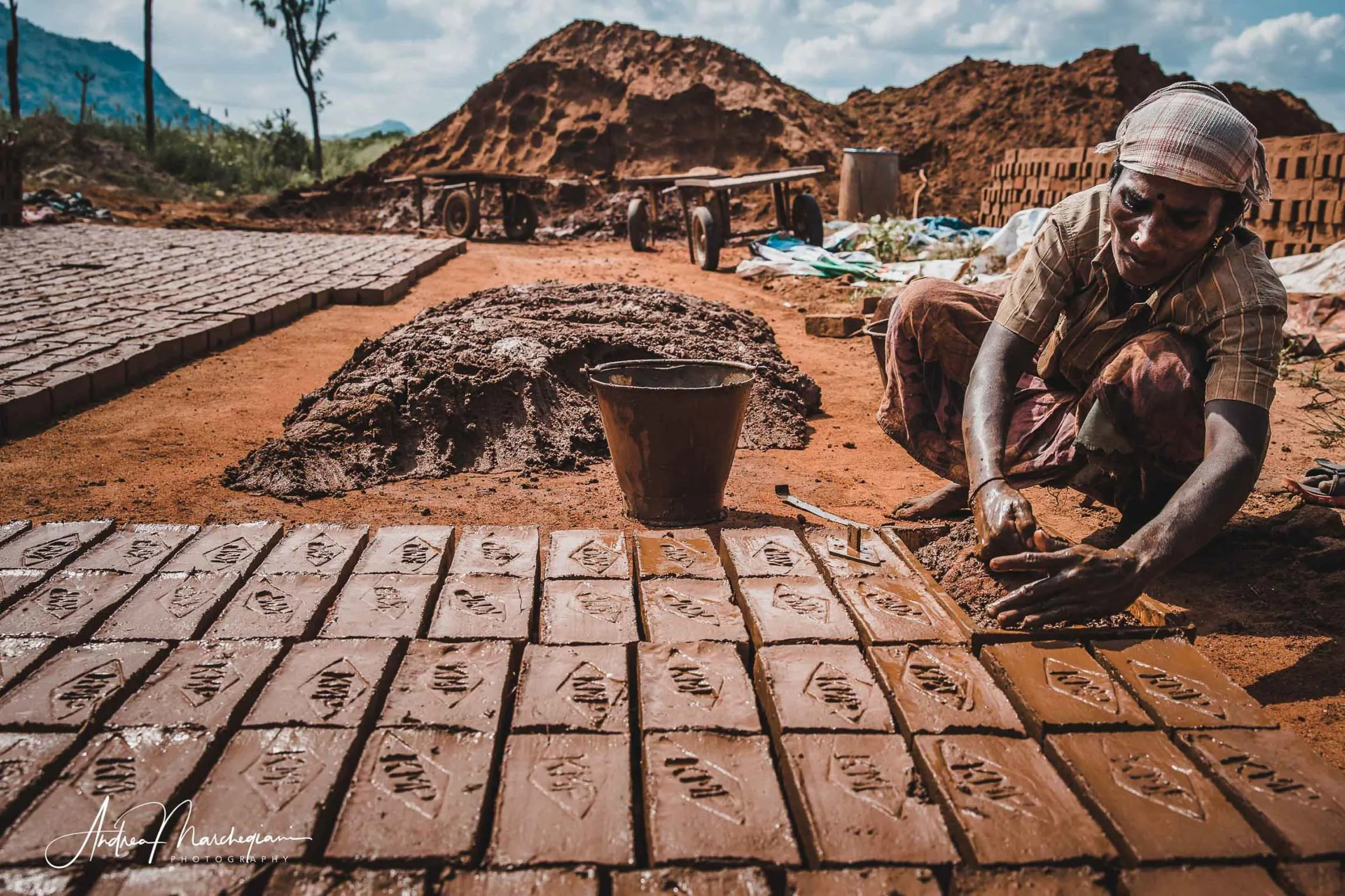
Usilampatti Brick Factory
Halfway through, Pandi has mercy on my pale face and givse me a little break to catch my breath. We are in Usilampatti, he explains, halfway between Madurai and Peryiar.
In this area, thanks to the characteristics of the land, several craft brick factories arise. Visiting one is a fantastic experience, which really deserves a few hours of time. Personally I am so fascinated that I want to deepen the topic: I discover that the production of bricks is a social reality in India with controversial implications, so I decide to write about it in detail here.
The last stretch of road to Munnar is a continuous stunt. Not even parachuting scared me so much! When we arrive at the hotel, I throw myself on the bed with my stomach still upside down and thank Shiva, Jesus and Buddha. It is obvious: only their joint work has brought me to Munnar safe and sound!
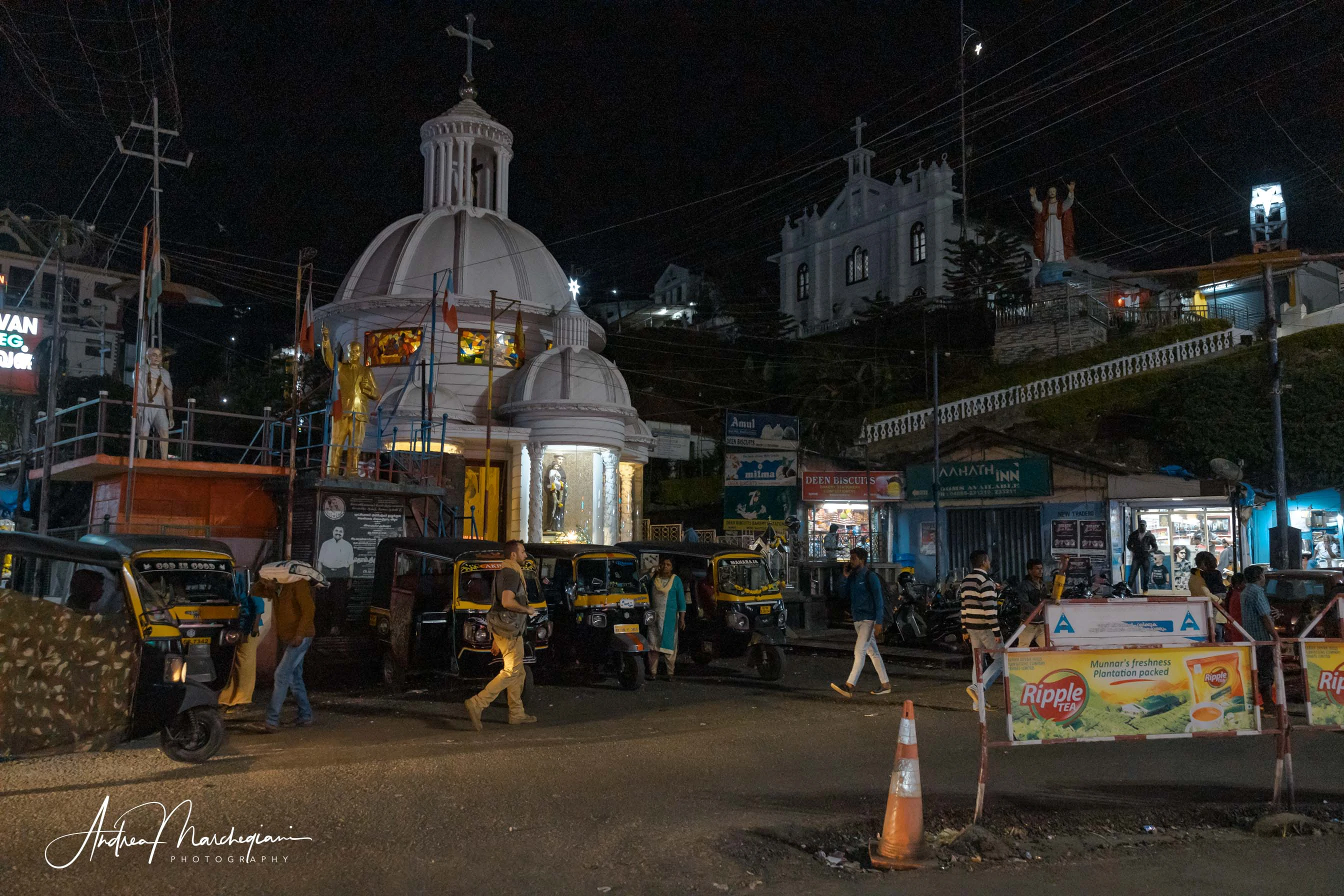
Munnar, a striking example of religious integration
Munnar is the first breath of fresh air I’ve breathed since I set foot in sunny South India.
Thanks to its pleasant summer temperatures, the town once was the summer residence of the British Government. Today, the bucolic atmosphere of the rolling hills that surround it and the spectacular tea plantations, treated like garden hedges, make Munnar one of the most visited places by tourists from all over the world. The city is well equipped to provide them with all kinds of amenities: luxury resorts, guided hikes, Ayurvedic massage centres (compared to the latter, approach with caution: these are very energetic massages and, in my experience, not very relaxing).
Munnar is located in the hinterland of Kerala, in the Ghati mountains, and its name means “three rivers“. In fact, it was built in the area where Mudhirapuzha, Nallathanni and Kundali meet.
I reserve a quick tour and little interested in the town, which in itself is quite anonymous and sloppy. Tourist souvenir shops, chocolate and tea shops are a fun pastime, but I prefer to climb the two town headlands, on which there is a mosque and a Catholic church. They seem to observe each other with an unusual benevolence.
Kerala is in fact the Indian state with the greatest presence of non-hindu cults. 20% of the inhabitants are Christian and another 25% are Muslim. These are important numbers, considering that, taking India in its entirety, this percentage drops to 2.3% for Christians and 13% for Muslims.
In La Speranza Indiana, Federico Rampini writes that Kerala is a great example of religious tolerance, demonstrating that “the best cure for intolerance is to increase the diversity of faiths, not to diminish it”. Kerala’s high education rate seems to contribute to this peaceful coexistence.
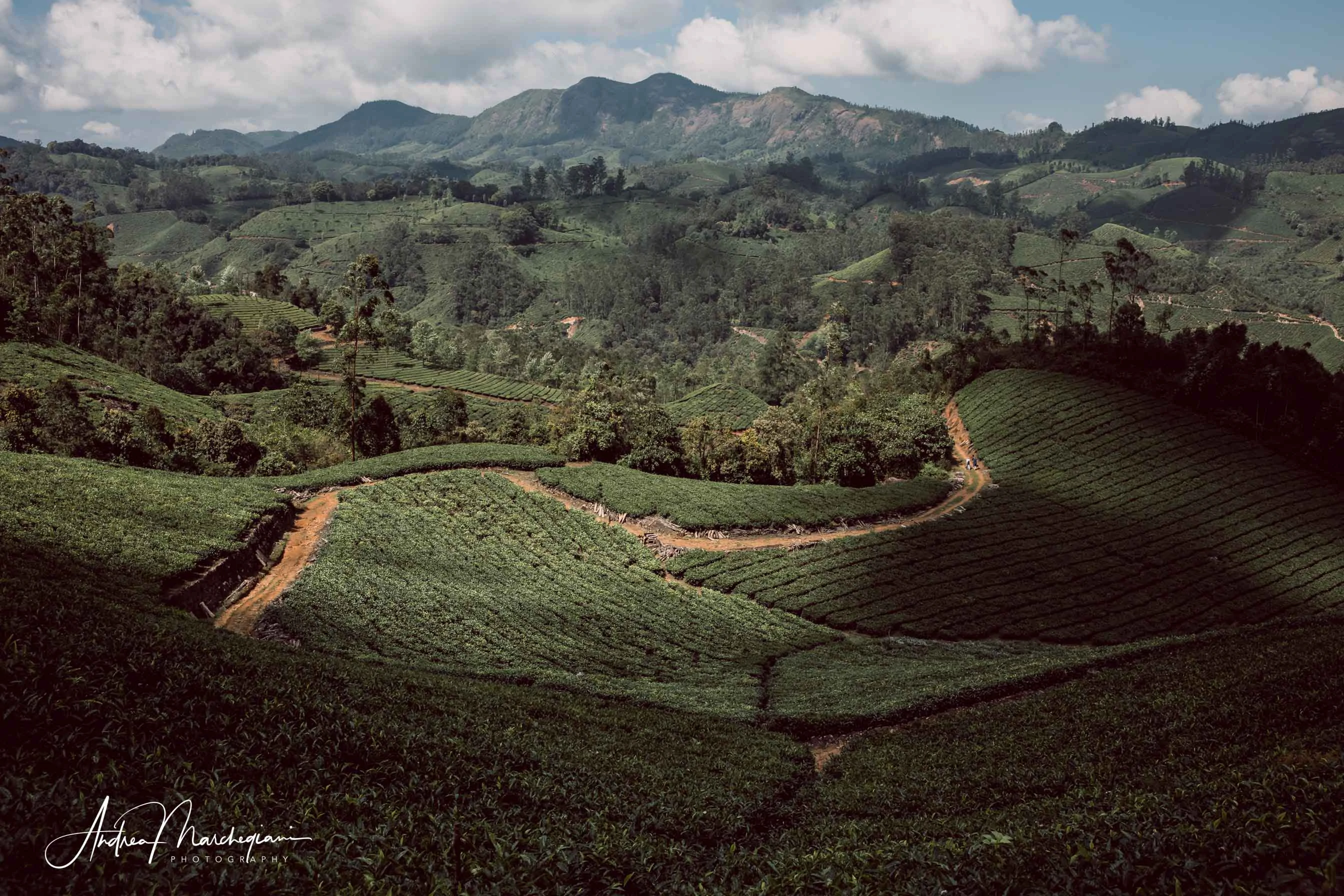
Munnar, the world’s freshest tea plantations
But let’s come to the reason why so many travelers come to Munnar – the delightful view of the surrounding mountain peaks. Everywhere you look, manicured tea plantations and thousands of dirt paths winding through them are an invitation to walk them all.
I book a trek at the hotel reception: it is in fact mandatory to contact a local guide, since tea cultivation is private property and it is not allowed to pass without permission.
We are about 1600 meters above sea level: those of Munnar are the highest tea plantations in the world and the largest in the south of India.
It was an English settler named John Daniel Munro who came here in 1857 and decided to convert these hills to agriculture. His work was far from easy: the area was in fact under the jurisdiction of Travanocre, but owned by the royal family of Poonjar. When he was finally able to rent the land from the Raja, twenty years later, Munro planted tea, coffee and cardamom there.
The lands then passed from management to management and the cultivation of tea gradually became predominant. In 1964 most of the plantations were bought by the Tata group, a real industrial giant, which still manages most of the plantations today.
The cultivation of tea is such an essential part of Munnar’s identity that here was born the first Tea Museum of the whole India: here you can find accurate documents about traditional cultivation processes and very suggestive period photos.
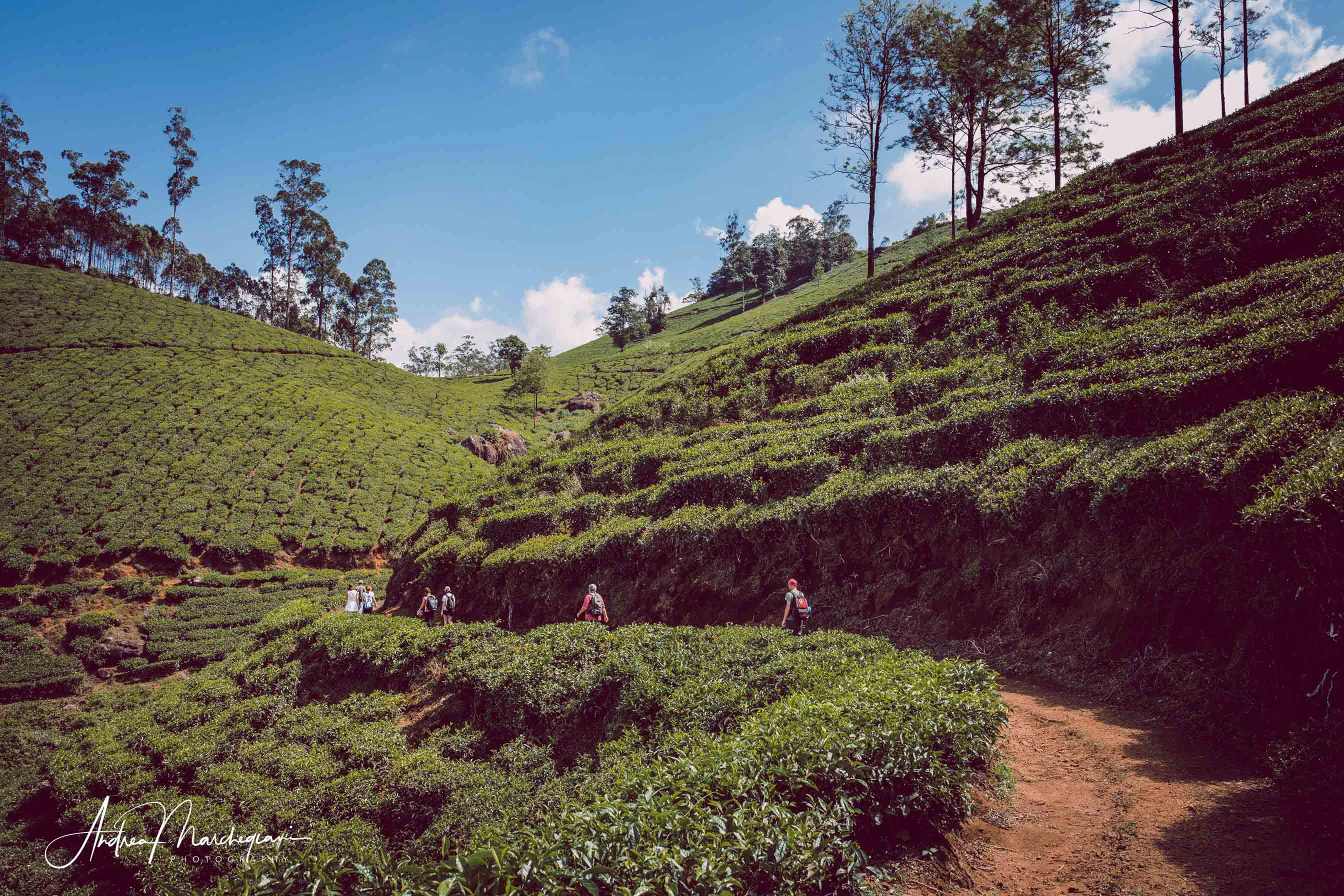
The guide leading me through the plantations speaks extraordinarily clear English: nothing to do with the slurs I have been accustomed to in Tamil Nadu.
“Tea is undoubtedly the most common drink in the world”, he says. “The tea plant is native to Asia: the three main varieties are in fact native to China, Cambodia and India. Our plants are smaller than the Chinese ones and their life is shorter, but the scent of our tea has no equal in the world”.
The dirt road winds like a snake curling along the slope of the hill and the guide shows me a point in the distance that we will reach for lunch. “Every grower here runs a small plot. Some have to walk long before they reach their workstation. It is hard work: this is why the cooperative reserves the areas that line the road to older and fragile people”.
Today does not seem to be a busy working day. It is the beginning of January, the town has just celebrated Christmas and New Year’s Eve. In the distance, I see a woman pruning tea trees with a large toothed shear, to which a large sack is attached to collect the leaves.
“Don’t photograph people before asking permission,” warns the guide. “Many workers don’t want to be harassed.” The lady in question, on the contrary, does not seem bothered by my camera. She greets me, smiling, and beckons me to approach.
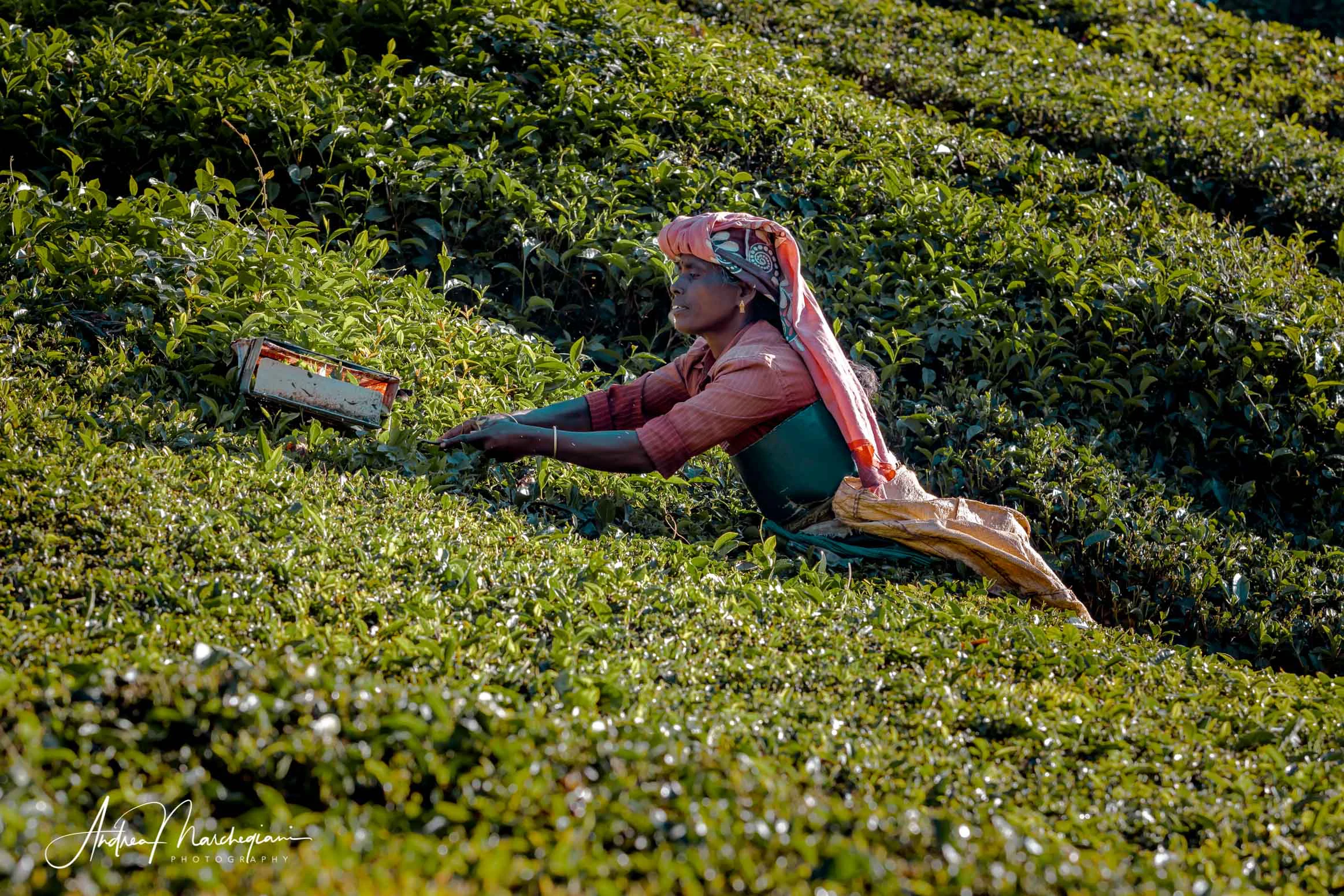
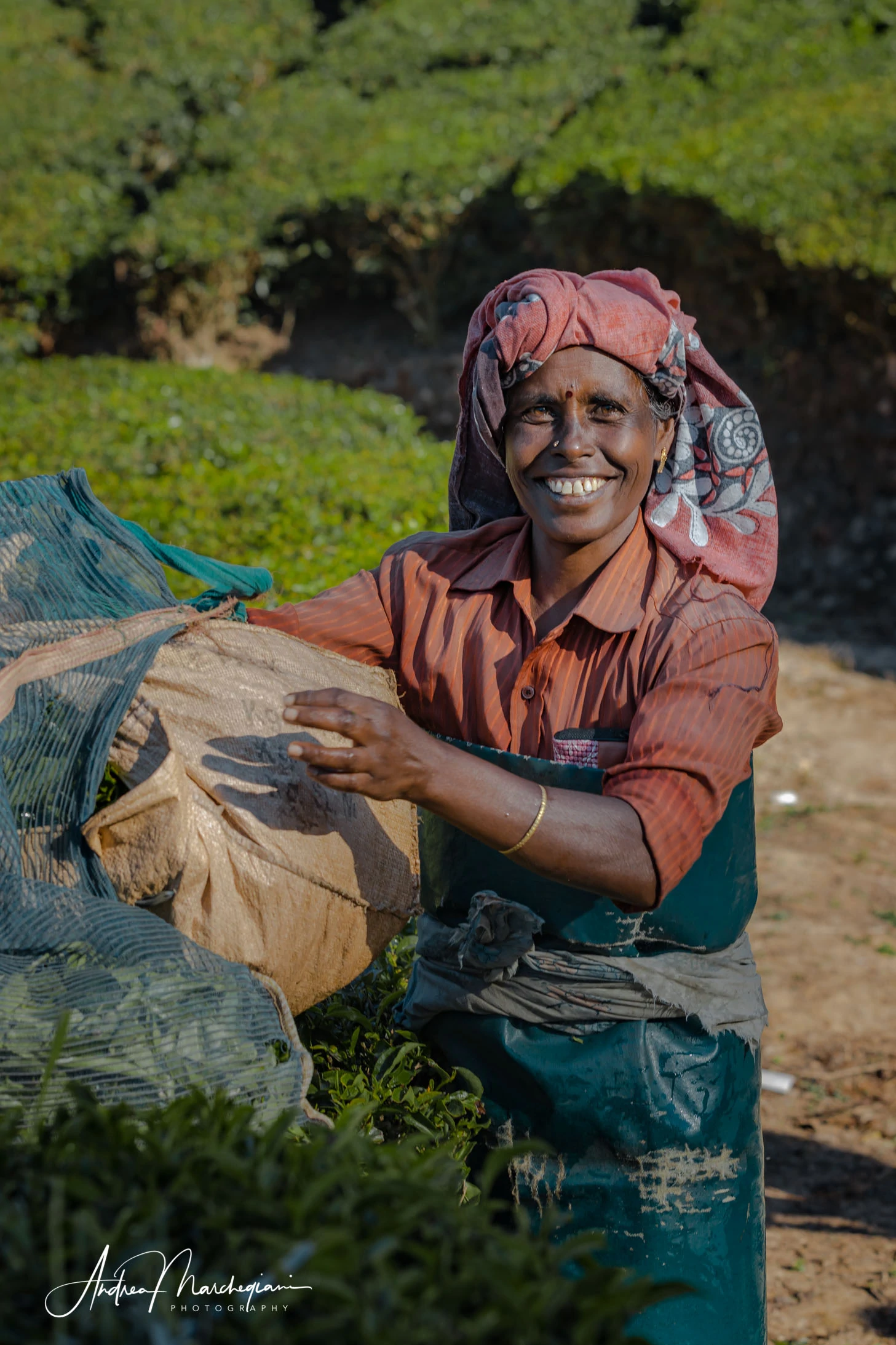
“I have no problem having my picture taken”, she immediately tells me. “Some do not like to be photographed. They often end up in travel magazines and don’t want to be exploited without getting paid. I don’t care, you can photograph me”.
The woman is working a few minutes walk from the street and I wonder what her fragility is. As if she could read my mind, she confides in me that she has cancer. I don’t know if she’s only telling me a story to get a tip or she’s just in the mood to confide. In the embarrassment of the moment, I wait for her to let me know if she wants some coins for the photos I took of her, but she says goodbye and goes back to work. Sometimes, in doubt, waiting without making a decision is the best solution.
“Only the tender leaves are cut”, continues the guide who resumed the path to the top. “They are the best in terms of aromatic properties”. I stop to take pictures of the magnificent views. “Last week the elephants went here looking for water. They found bottles of liquor left by the workers. They drank them and got drunk! In the morning they found them still drunk, lying in the middle of the paths around here”.
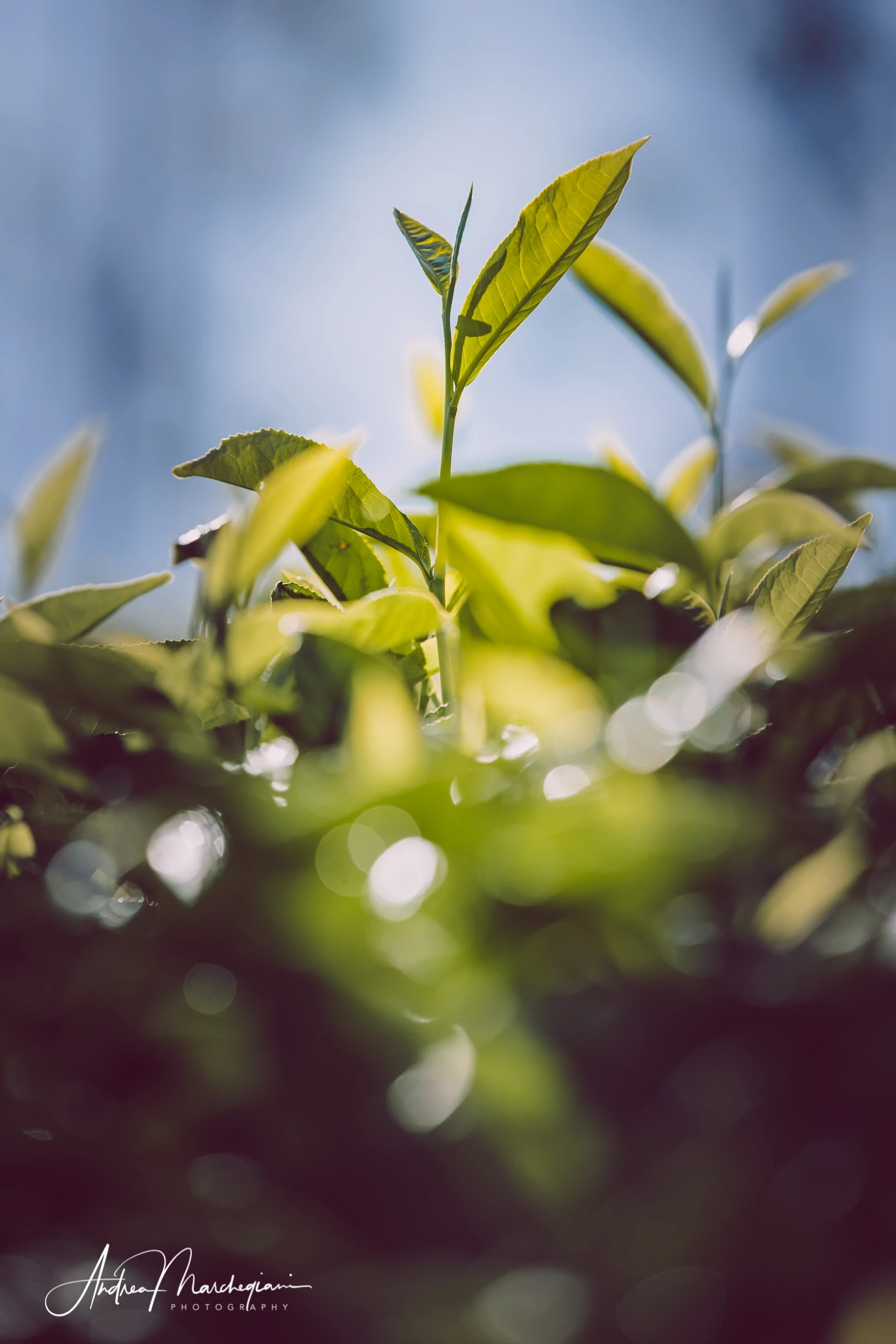
Arranged marriages and romantic love: an unexpected cultural exchange
It is a serene day, the sun shines without burning and we spend our trekking listening to interesting stories and looking at breathtaking views. We stop for lunch on a promontory that offers a wide view of the Munnar hills.
I am so fascinated by this young man who leads us and entertains us with such grace, that I decide to know him better. He explains that he works as a guide to support his studies and that he saves money for his sister’s dowry.
In India, in fact, it is the tradition that young women bring a large quantity of goods to the husband as a dowry. Although this practice is now illegal, it is still widespread and marrying a daughter is a very heavy economic effort. I delved deeper into the topic of women status in India during my stay in Madurai and I must say that some aspects are really disconcerting.
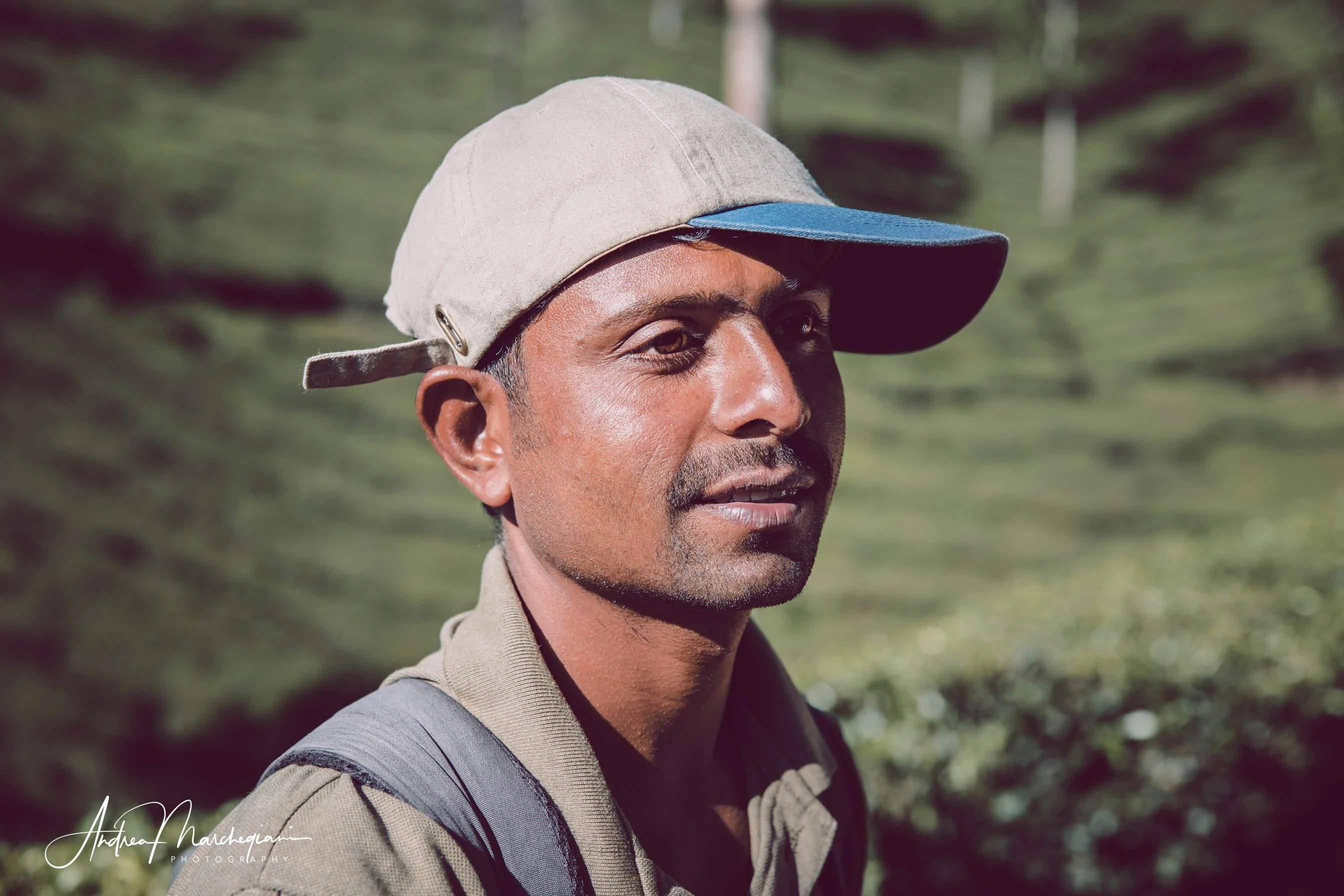
I ask the guide if his sister has already been promised to someone or if she could choose her future husband. The Indians who work in the tourist industry know that we Westerners look with disapproval at arranged marriages. I do not want to create cultural conflicts, but I am really curious to know what a young and cultured man thinks about it.
“My sister is ok with my parents choosing for her“, he says with a touch of bitterness. “I didn’t ask to judge”, I hasten to say. “I would only like to understand better”.
“You choose who you marry by yourself, but so many people get divorced. So, choosing on your own doesn’t always mean you’re choosing well. We trust our parents: they know us and know what is best for us”.
“But how can one marry without love?” I ask with extreme caution.
“Love is an ephemeral feeling. Today you feel it, tomorrow you don’t. Esteem and affection grow with time, as you get to know each other.”
I have always considered romantic love an untouchable dogma, so I find it hard to understand. The very idea of an arranged marriage undermines every desire for self-determination. How can Indians accept that?
“For us Westerners,” I explain to my new friend, “two people only get married if they’re in love. As children we listen to fairy tales in which a princess marries a brave prince charming after he saved her from a curse. It is difficult for us to imagine a happy life without having encountered true love. What are the fairy tales that adults tell children in India? Don’t they talk about love?”
“No,” he replies. “Our fairy tales are about poor people struggling to have something to eat and managing to escape poverty. That’s how they live happily ever after”.
Indeed, it makes sense: in a society hit by the scourge of poverty, the first thought of a mother is to choose a husband who frees her daughter from poverty. At the same time, since the husband’s family welcomes the bride-to-be into the house and undertakes to feed her throughout her life, they ask in return for a dowry to compensate for this economic effort.
These are dynamics that a hyper-developed West cannot understand at first sight. We are really lucky to grow up thinking that we can decide entirely of our destiny, even if this sometimes leads us to blindly follow the “American dream”, made of frantic careers, accumulations of wealth for its own sake and a frustrating sequence of disposable sex relationships. In fact, being free to choose for yourself does not necessarily mean knowing what is best for you, but being able to try various ways to discover it, making mistakes, getting to know yourself better.
When the trek comes to an end, I greet the guide and the plantations with gratitude. Travelling is an exceptional tool for reflection and learning.
Share with your friends:
Leave A Reply Cancel reply
This site uses Akismet to reduce spam. Learn how your comment data is processed.



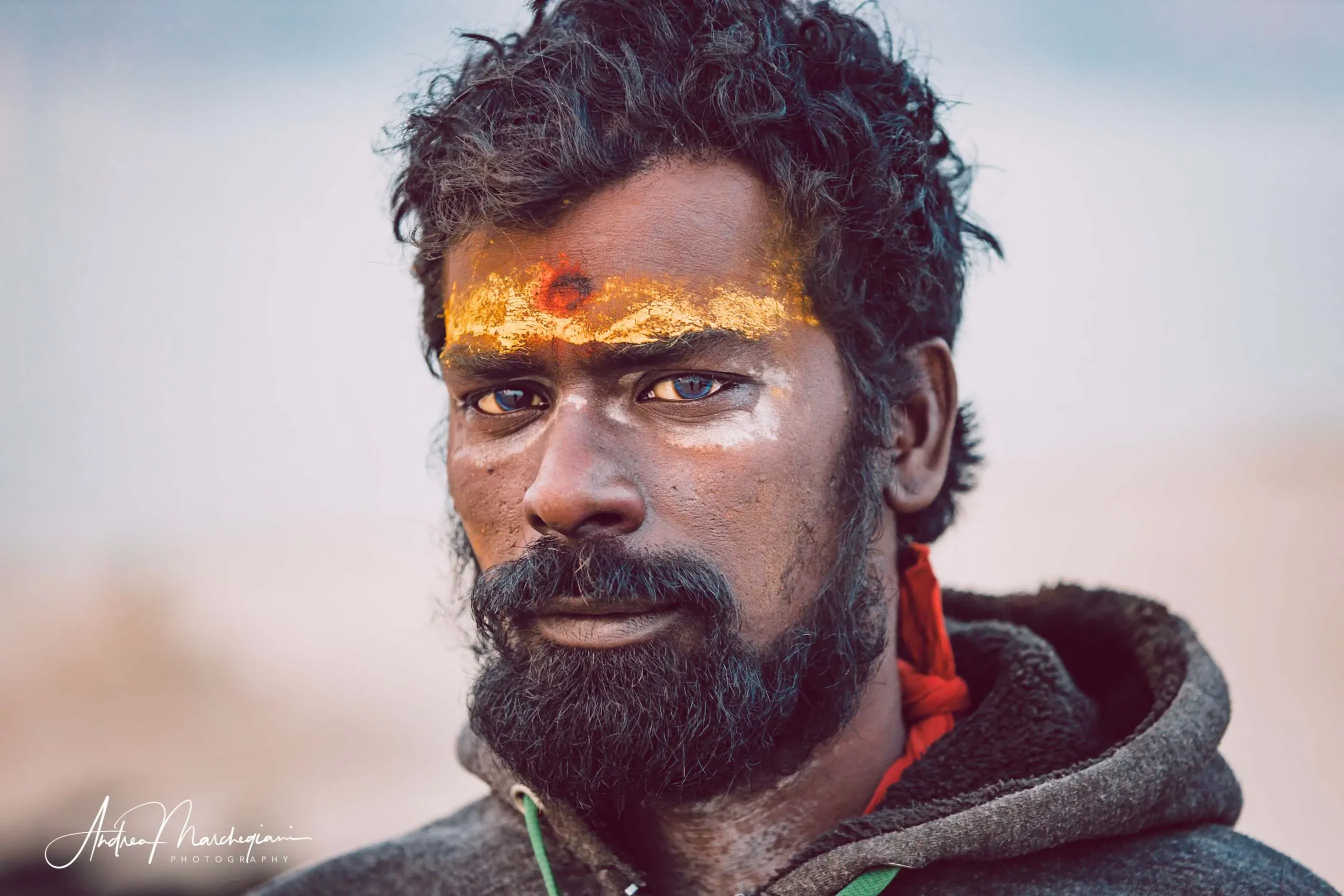
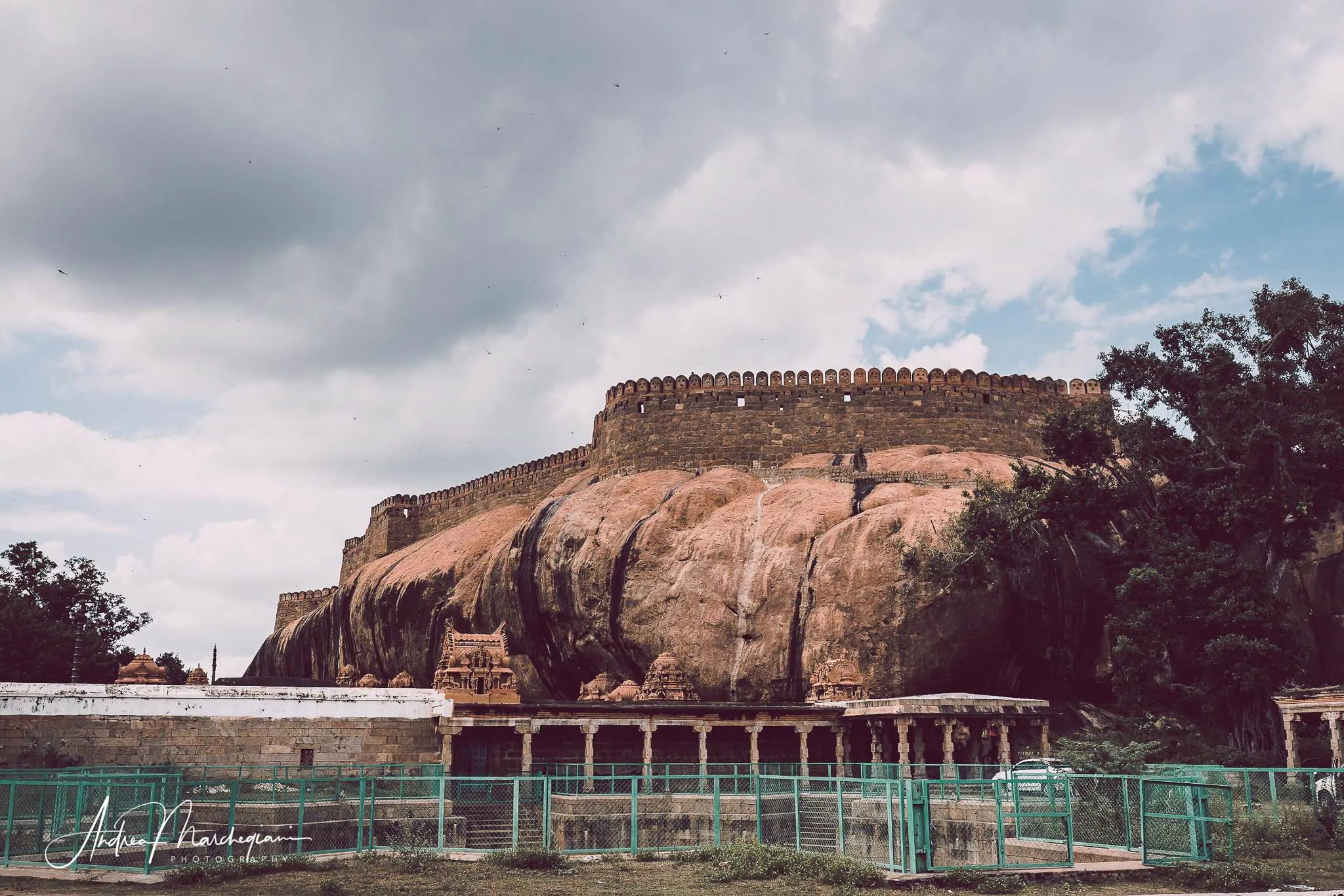
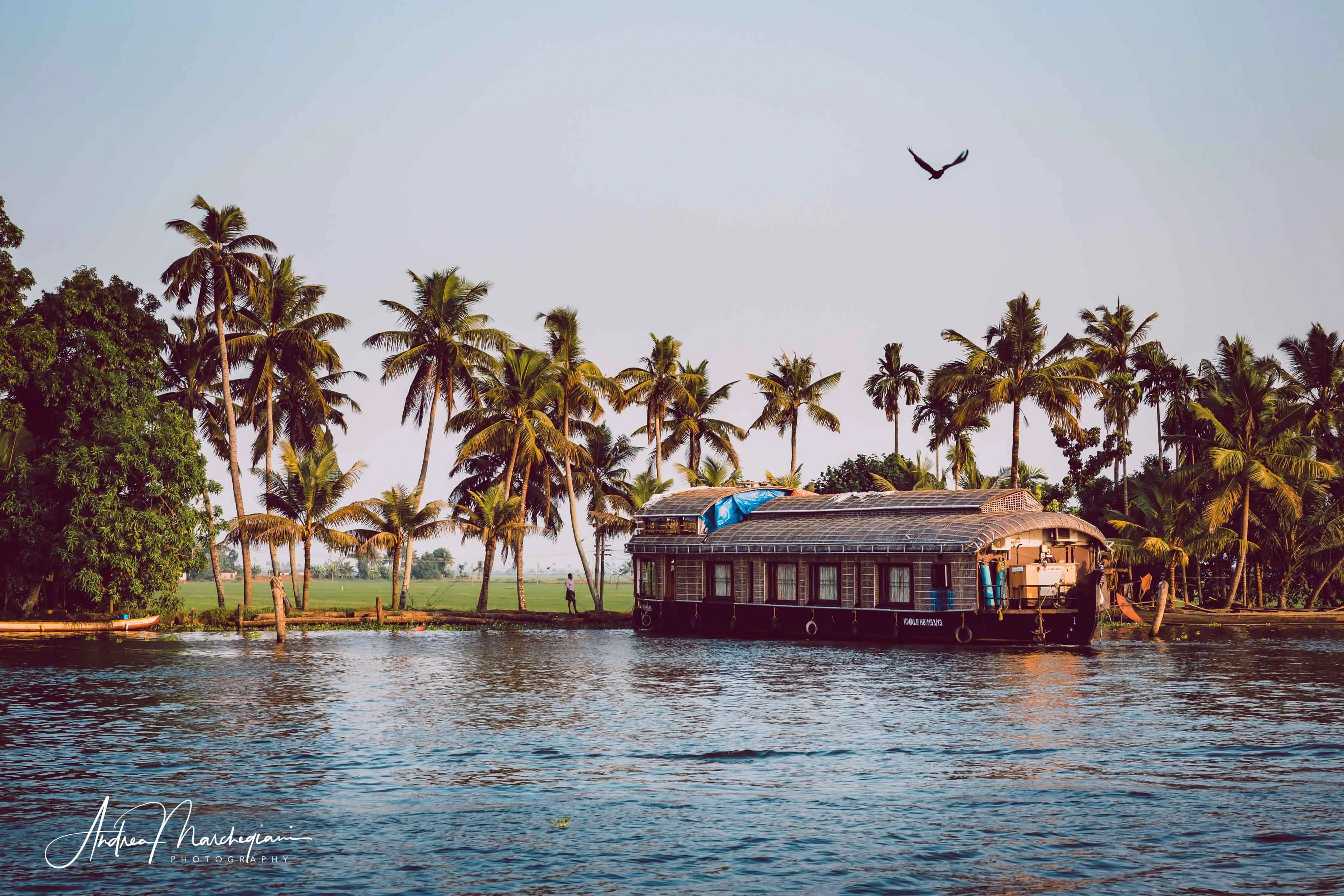
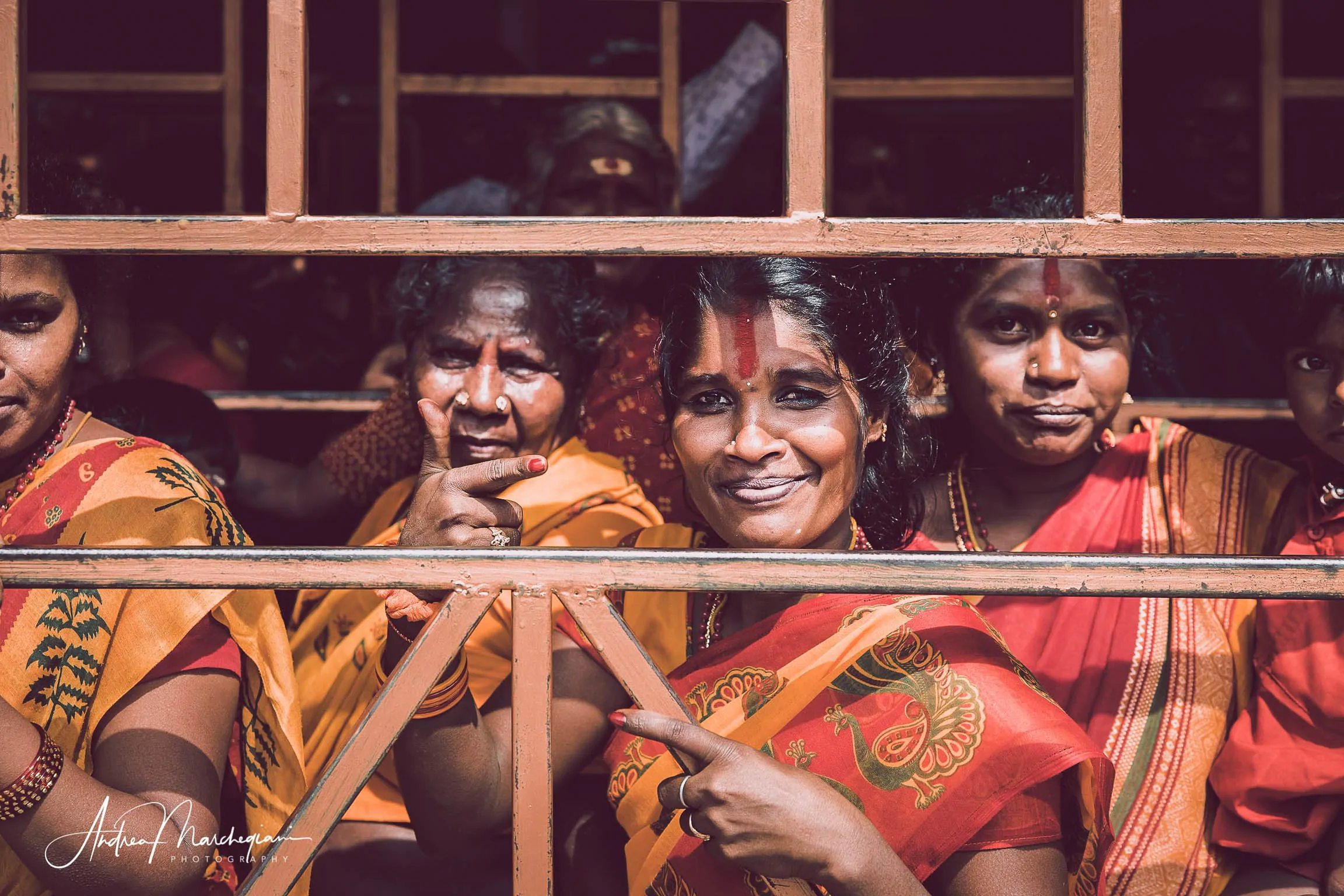
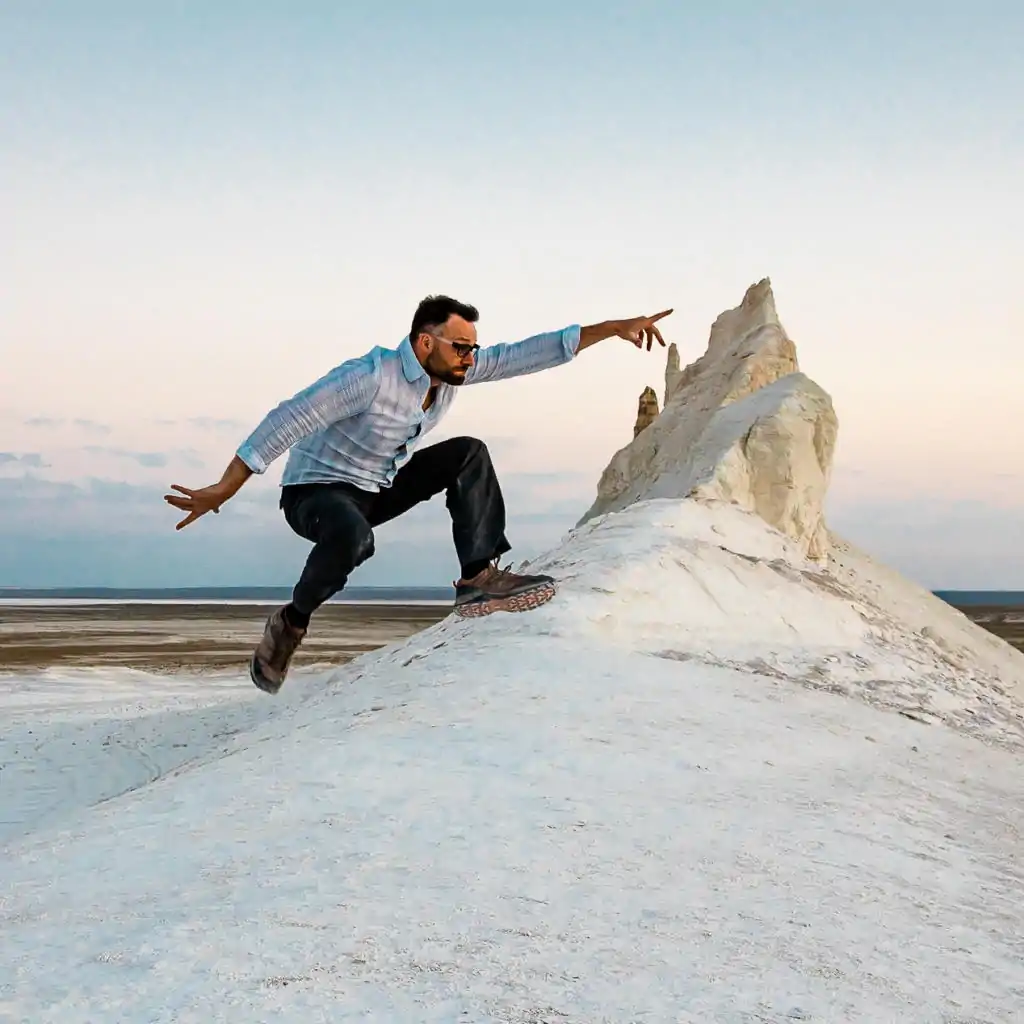

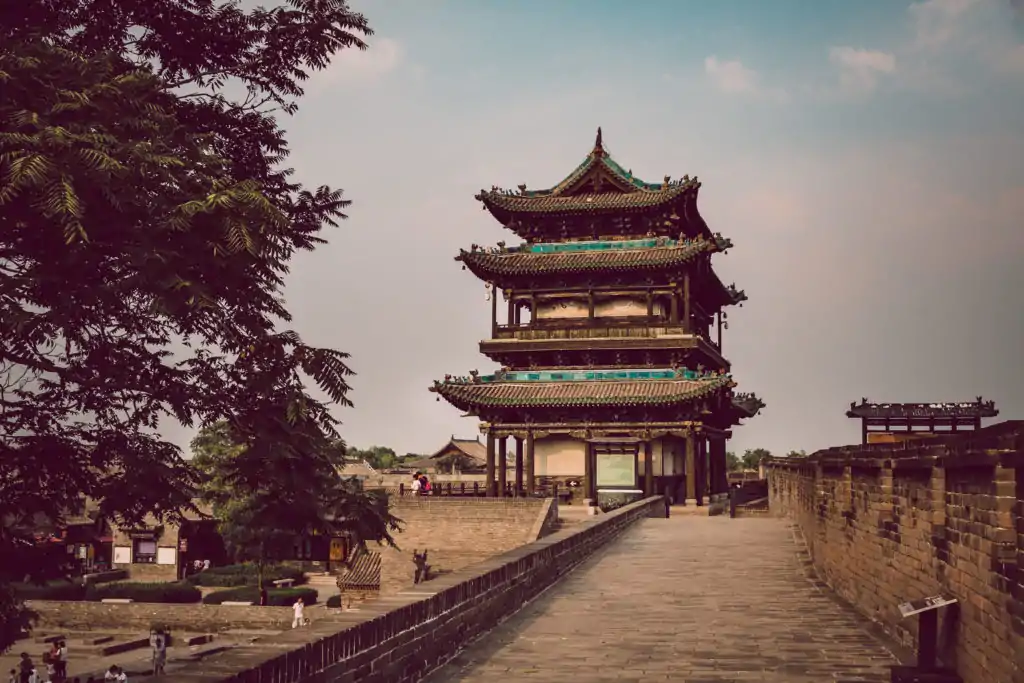
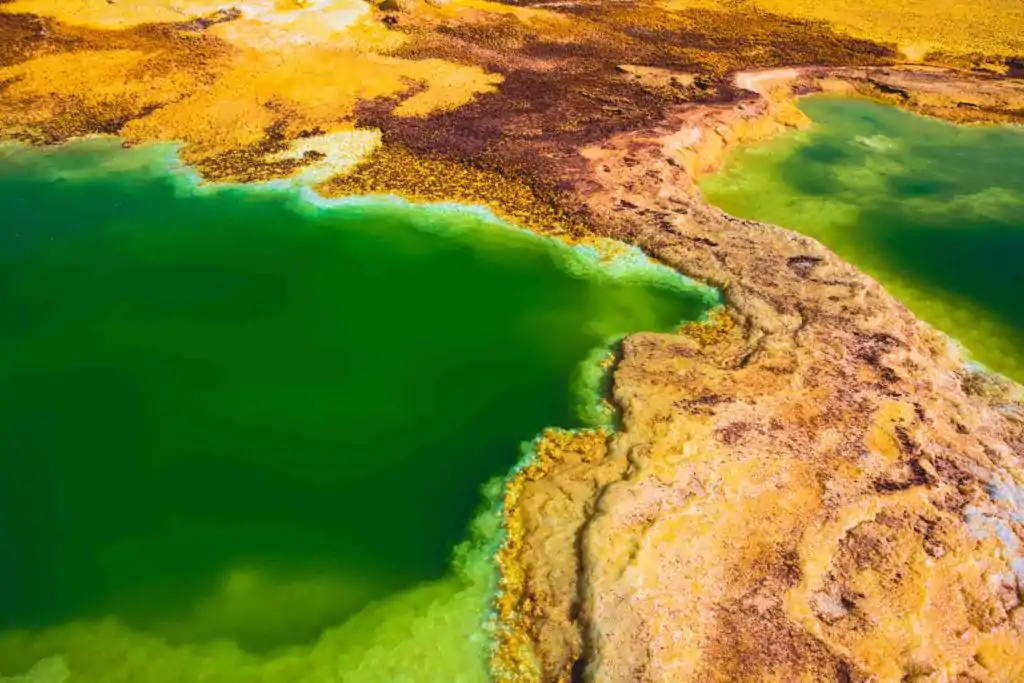
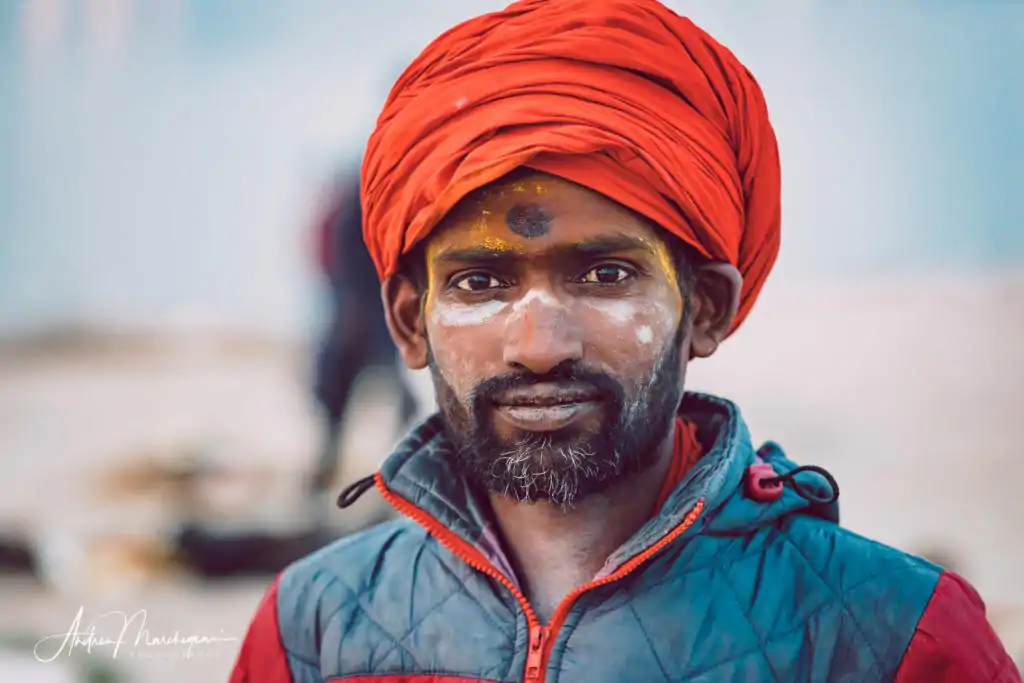
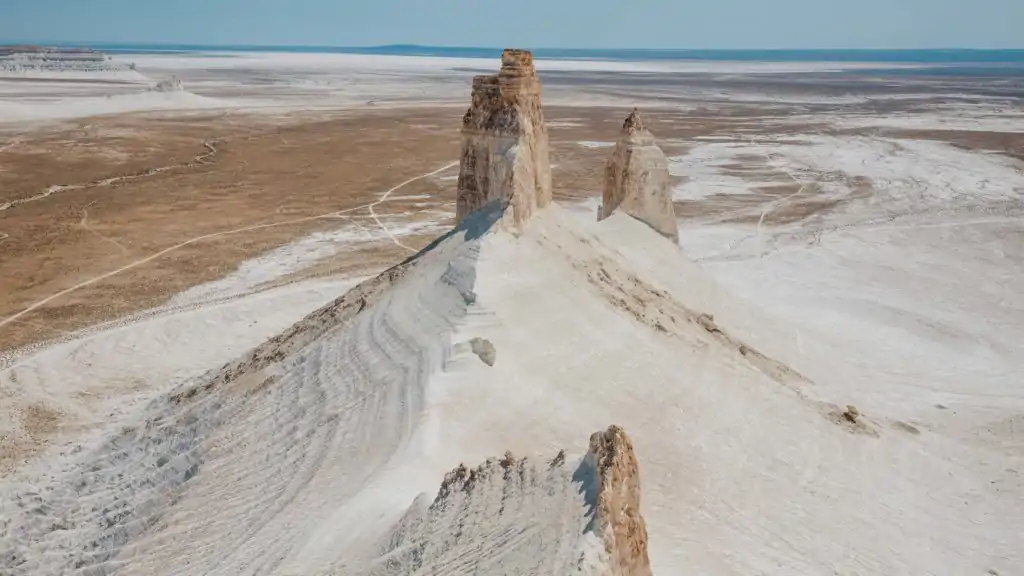
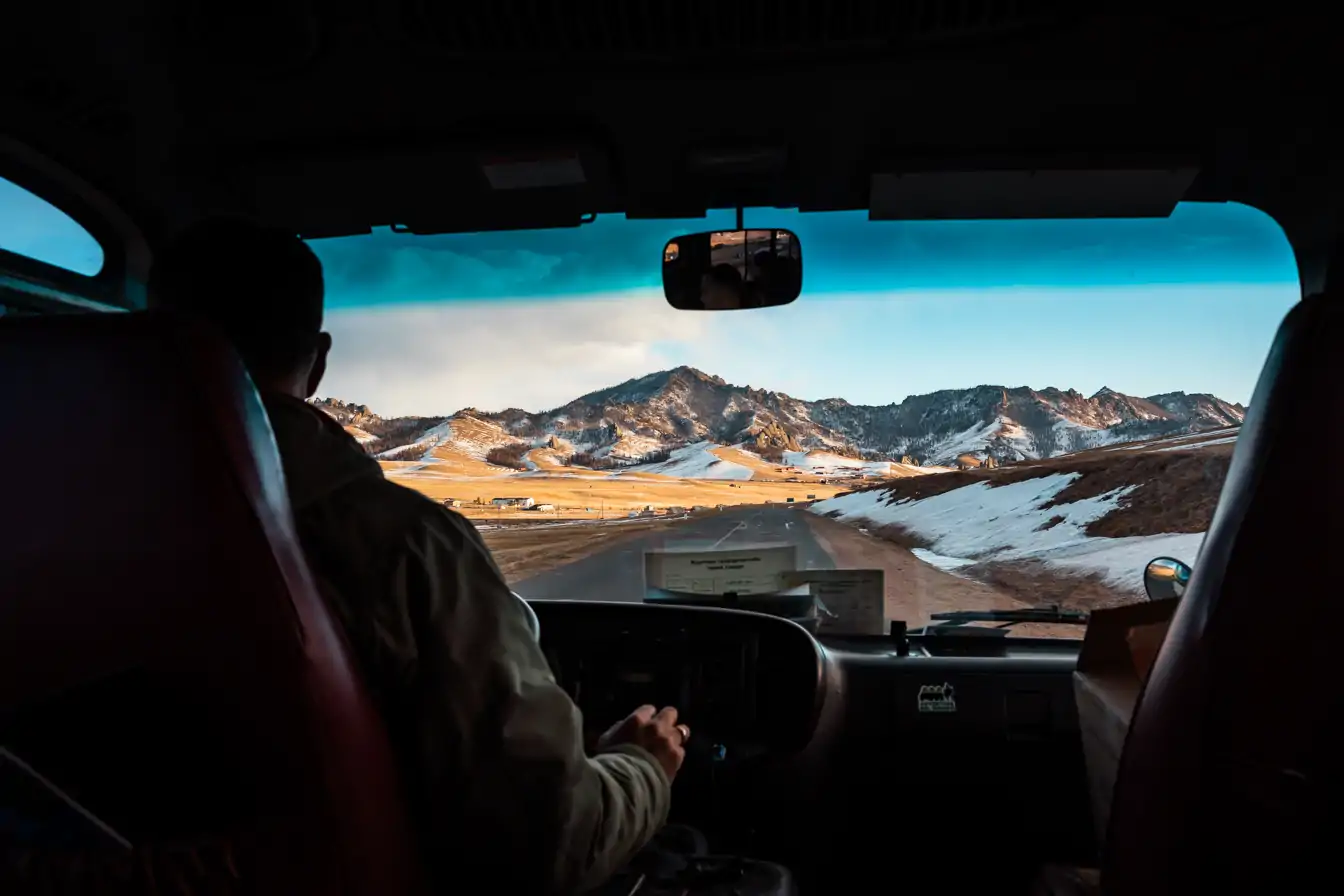
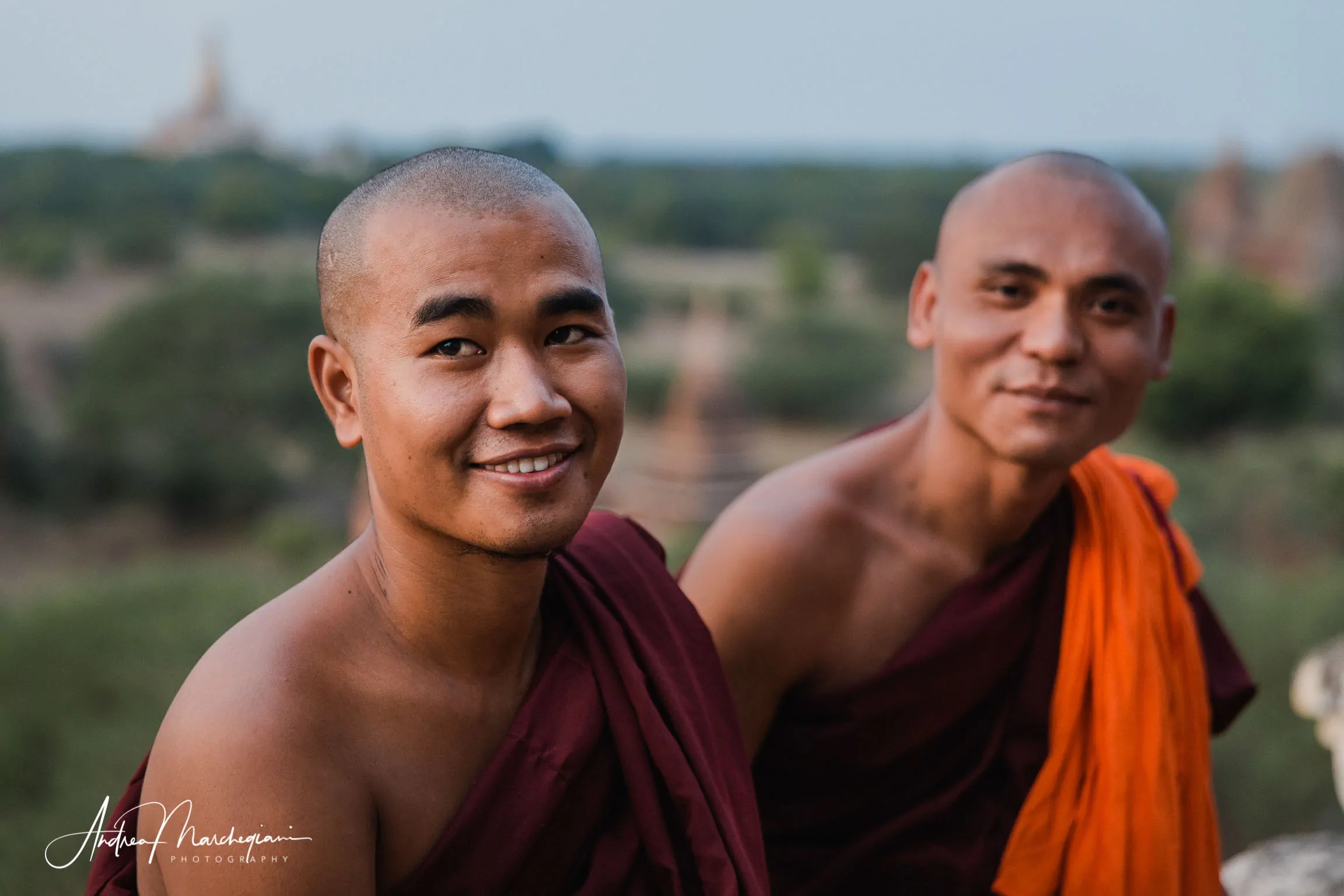
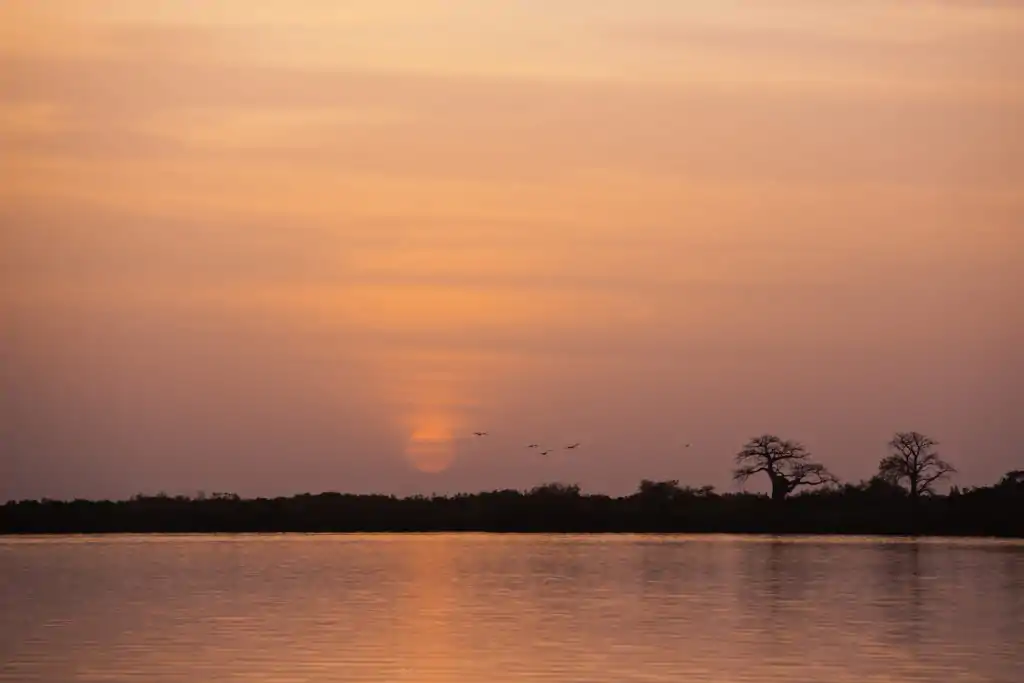
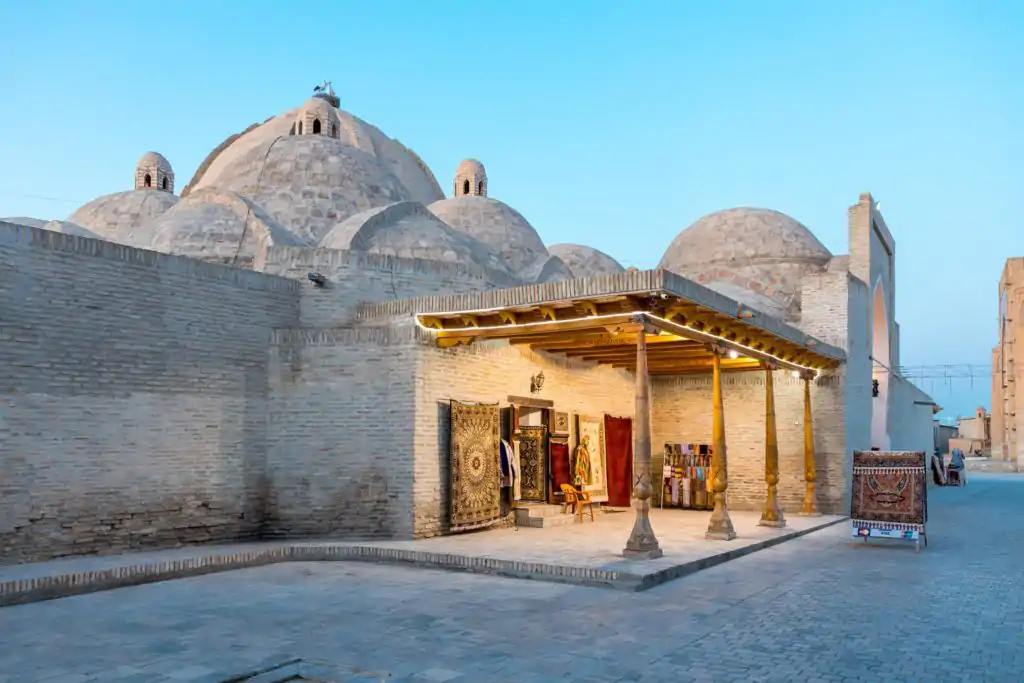
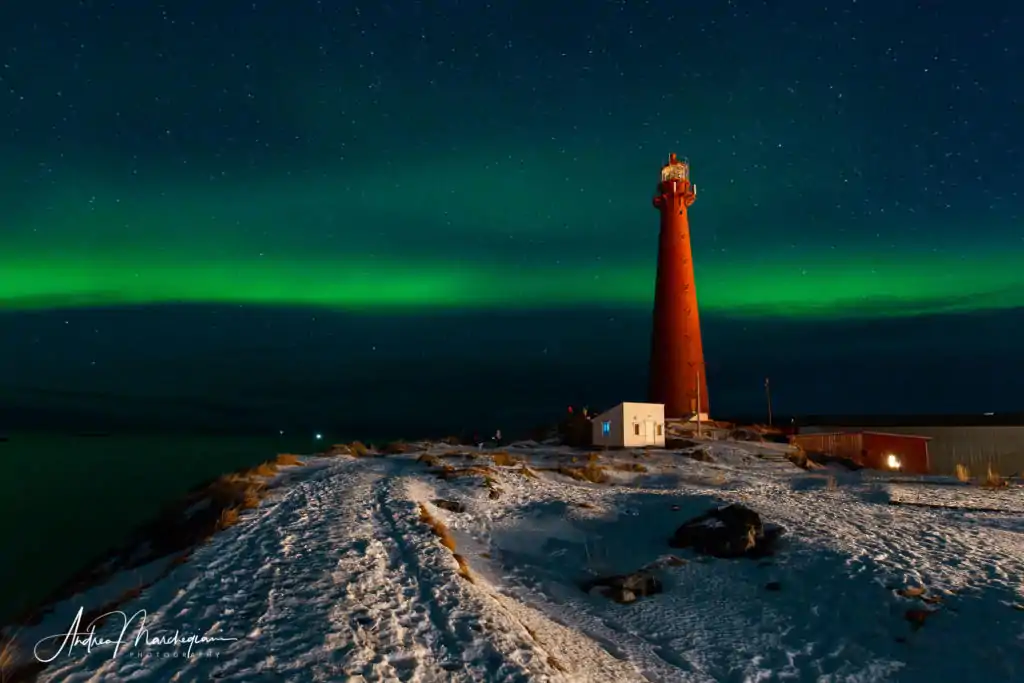
1 Comment
Nice blog author. Thank you. Keep it up.